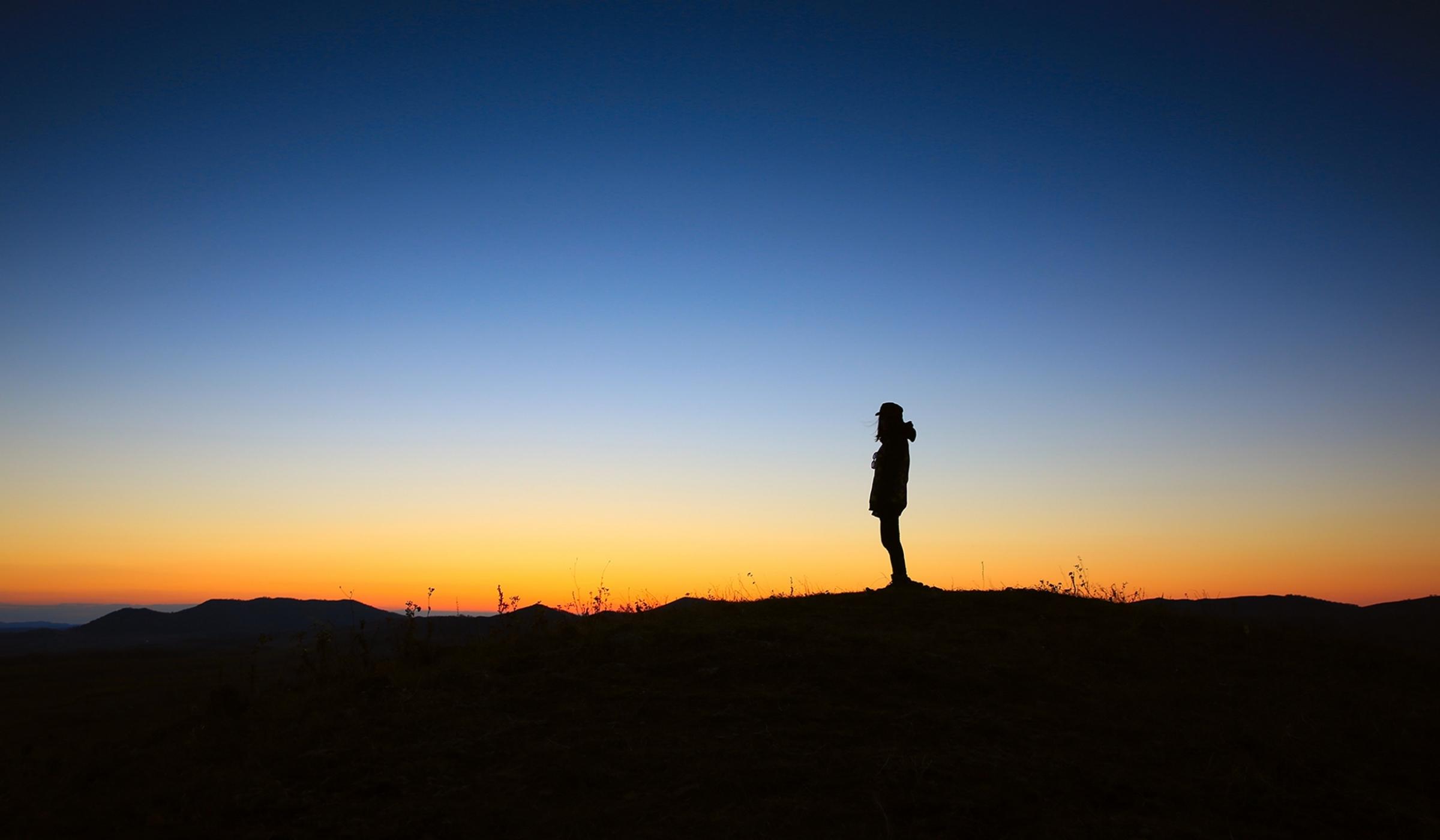Albania is located in the heart of the Mediterranean and stretches along the seashores of the Adriatic and Ionian seas.
Albania is an important gateway to the Balkan Peninsula, a junction of roads from north to south and from west to east, with the proximity to reach major European capitals within 2 or 3 hours by air.
Upon initial contact, tourists will discover an epic country with a rich, history and culture, where the people speak one of the oldest living languages in Europe. As a result of its geographical positioning, Albania displays traces of different civilizations and cultures including Illyrian, Hellenic, Roman, Byzantine, Ottoman, etc.
Albania shares borders with a number of countries, including Montenegro, Kosovo, Macedonia, Greece, and Italy (across the Adriatic Sea). Although small, Albania offers a diverse range of nature to explore. There are many wonderful beaches, spectacular mountains, river valleys, large canyons, forests rich in flora and fauna, large and small lakes (some of which are unique in the Balkans), and many other surprises for visitors. The culture and history are also impressive and have much to offer tourists.
Butrint, located in the south of Albania, is part of the UNESCO World Heritage List and has been praised as one of the most wondrous places on earth, full of mythology and with a mystic atmosphere. The site lies in the center of a Mediterranean jungle and was built by in an ancient Trojan style.
Two other Albanian cities are on the UNESCO World Heritage List, prominent for their specific architectural style: Berat and Gjirokastra. Albania is proud to host a wide range of archaeological sites, Illyrian castles, medieval fortifications, Byzantine churches and monasteries of the post-Byzantine period.


